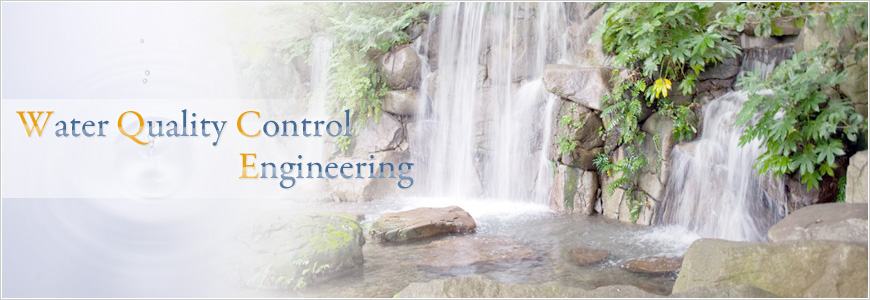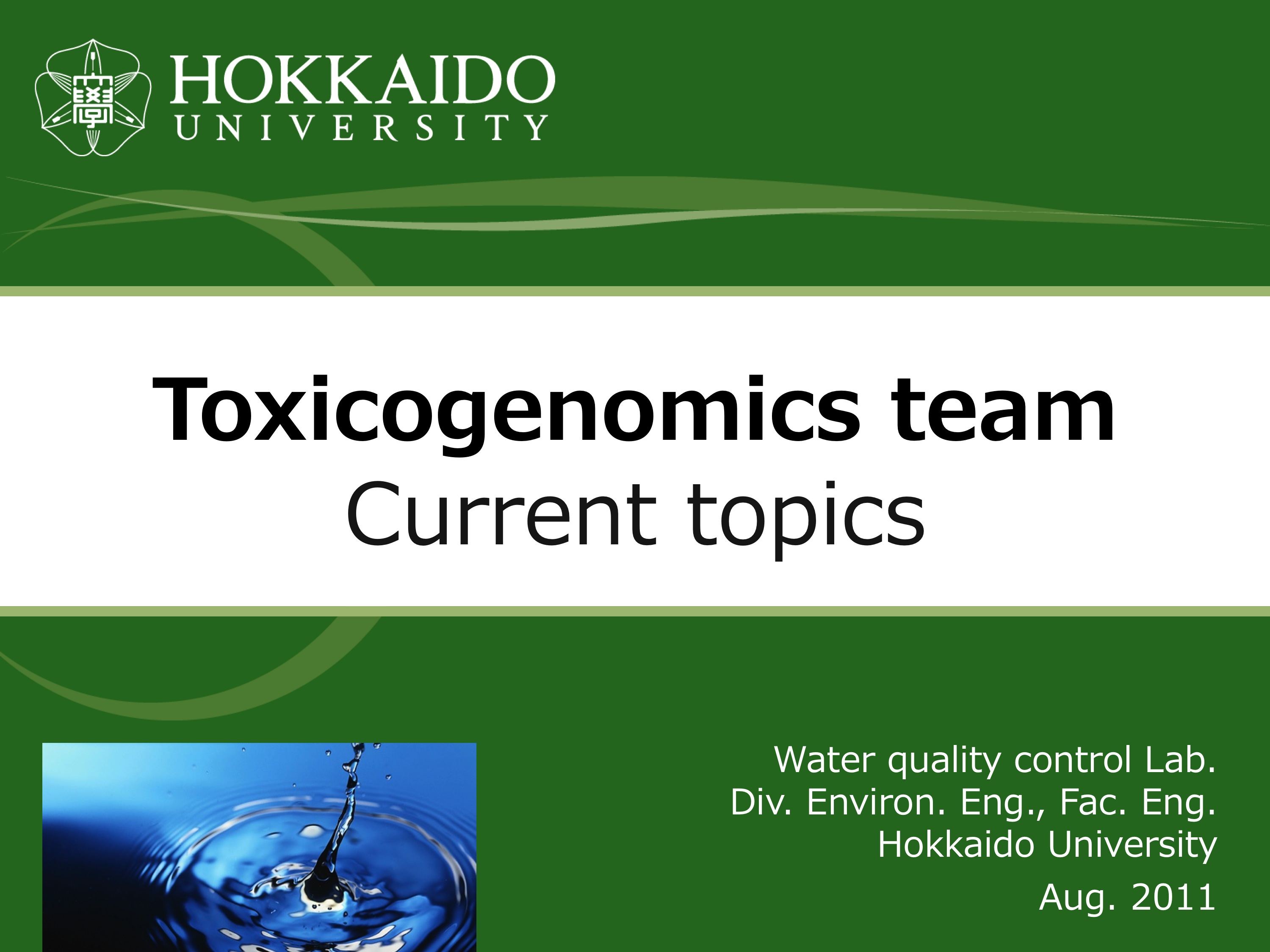In modern society, a great number of synthetic chemical compounds have been produced and released in water environment. While the detection of these chemicals currently relies on instrumental analyses, these methods are inadequate for the risk assessment for environmental water including a large number of unspecified chemicals. In this study, we focus on the gene expression of human-derived cell line in the presence of various chemical toxicants, and are planning to develop the new bioassay systems for the evaluation of environmental chemicals. DNA microarray is a powerful technology that enables the examination of the expression of thousands of genes simultaneously, and has a major impact on many different areas such as pharmacology and oncology. In particular, there has been interest in using arrays in toxicogenomics to discriminate and classify toxicants based on unique gene expression profiles induced by putative toxic actions. Recently, this concept has been applied to evaluate the putative toxicity of environmental pollutants. We are planning to develop the new bioassay systems for detection of environmental chemicals through the DNA microarray analyses of well-known or putative environmental pollutants such as heavy-metals, agricultural chemicals and nano-particles.
Current research topics
Publications(2007-)
- Toxicity assessment of chlorinated wastewater effluents by using transcriptome-based bioassays and Fourier Transform Mass Spectrometry (FT-MS) analysis
Fukushima, T., Hara-Yamamura, H., Urai, M., Kasuga, I., Kurisu, F., Miyoshi, T., Kimura, K., Watanabe, T. and Okabe, S.
Water Research, 2014, 52, 73-82. - Evaluation of whole wastewater effluent impacts on HepG2 using DNA microarray-based transcriptome analysis
Hara-Yamamura, H., Nakashima, K., Hoque, A., Miyoshi, T., Kimura, K., Watanabe, Y. and Okabe, S.
Environmental Science and Technology, 2013, 47(10), 5425-5432. - Comparison of gene expression profiles in HepG2 cells exposed to arsenic, cadmium, nickel, and three model carcinogens for investigating the mechanisms of metal carcinogenesis
Kawata, K., Shimazaki, R., and Okabe, S.
Environmental and Molecular Mutagenesis, 2009, 50(1), 46-59. - In vitro toxicity of silver nanoparticles at noncytotoxic doses to HepG2 human hepatoma cells
Kawata, K., Osawa, M., and Okabe, S.
Environmental Science and Technology, 2009, 43(15), 6046-6051. - Classification of heavy metal toxicity by human DNA microarray analysis
Kawata, K., Yokoo, H., Shimazaki, R., and Okabe, S.
Environmental Science and Technology, 2007, 41(10), 3769-3774.


